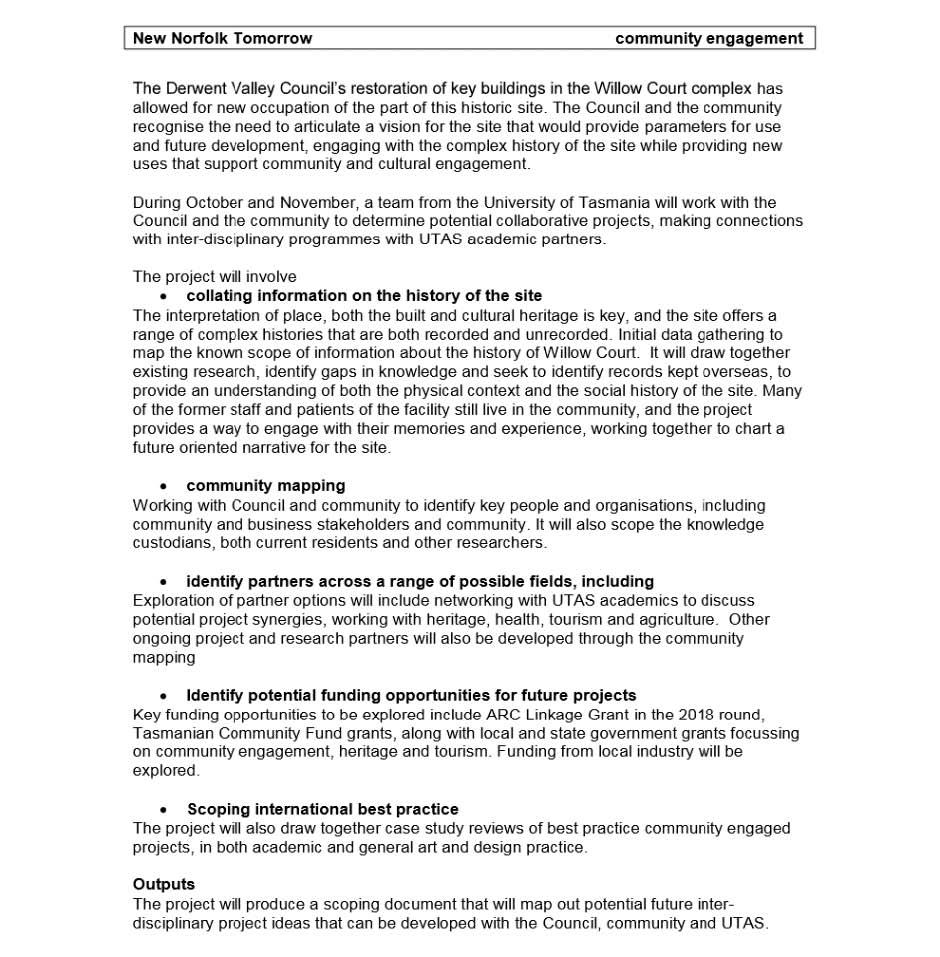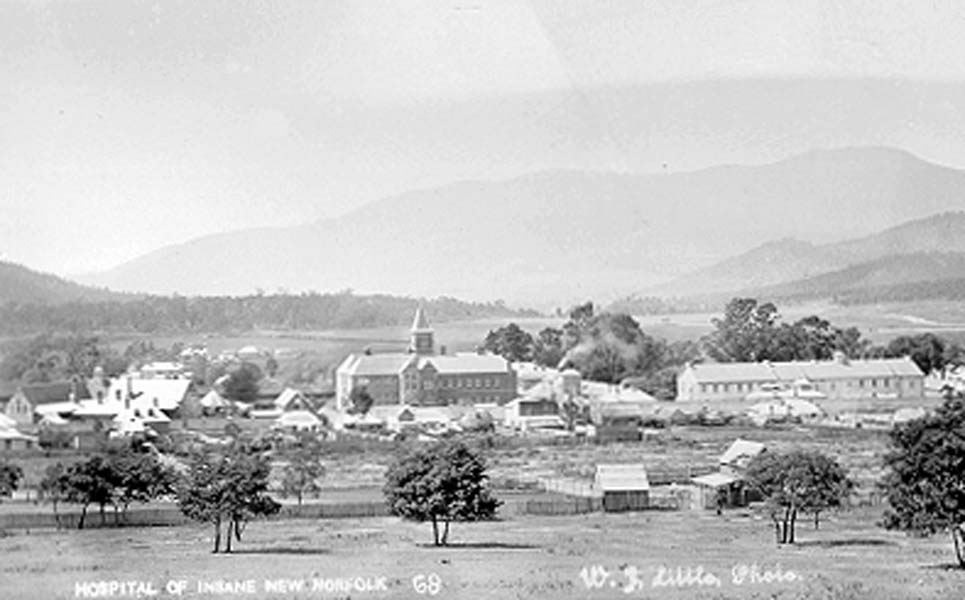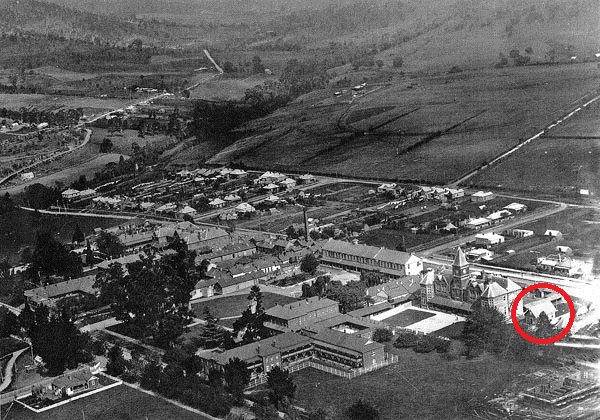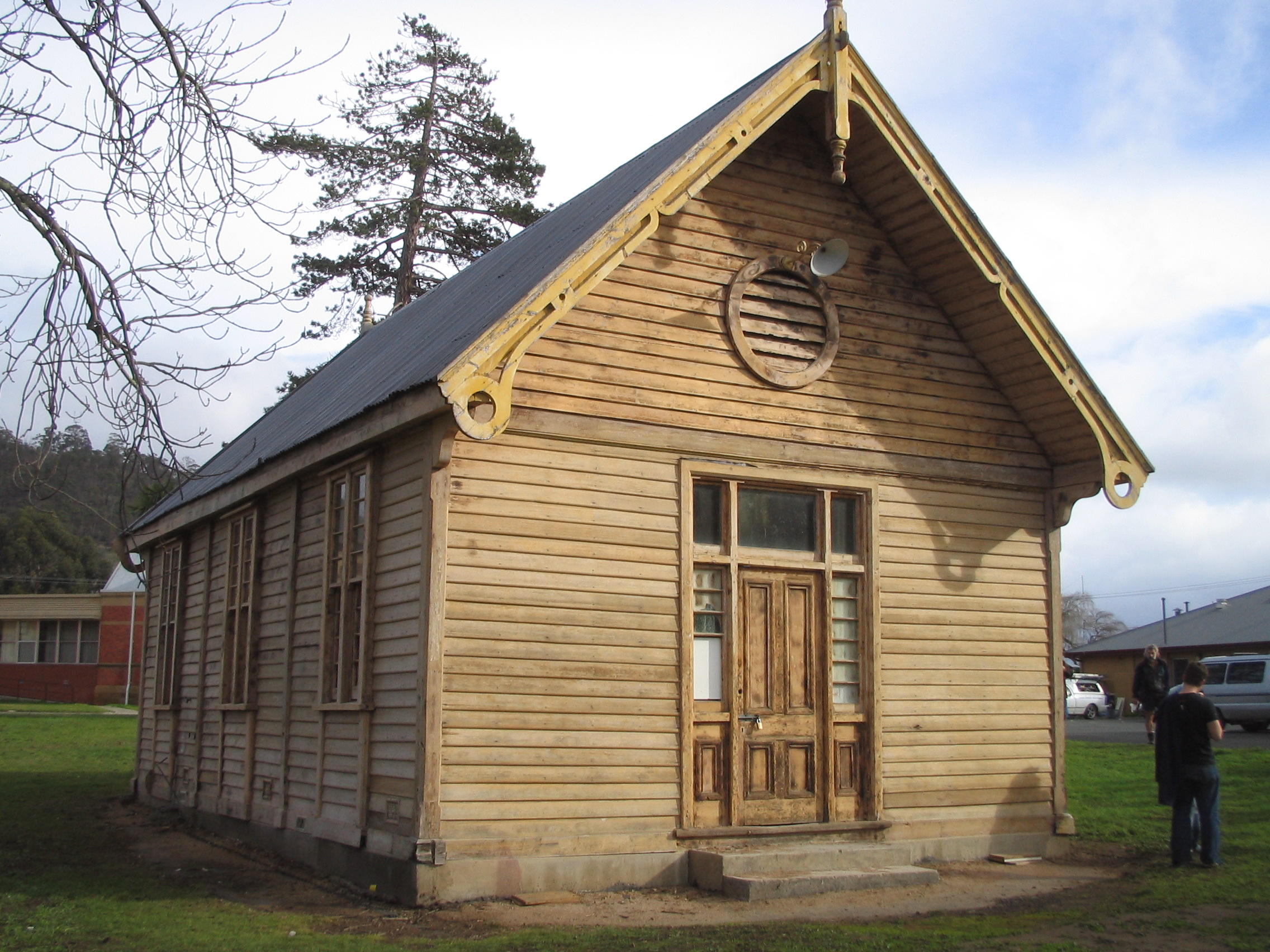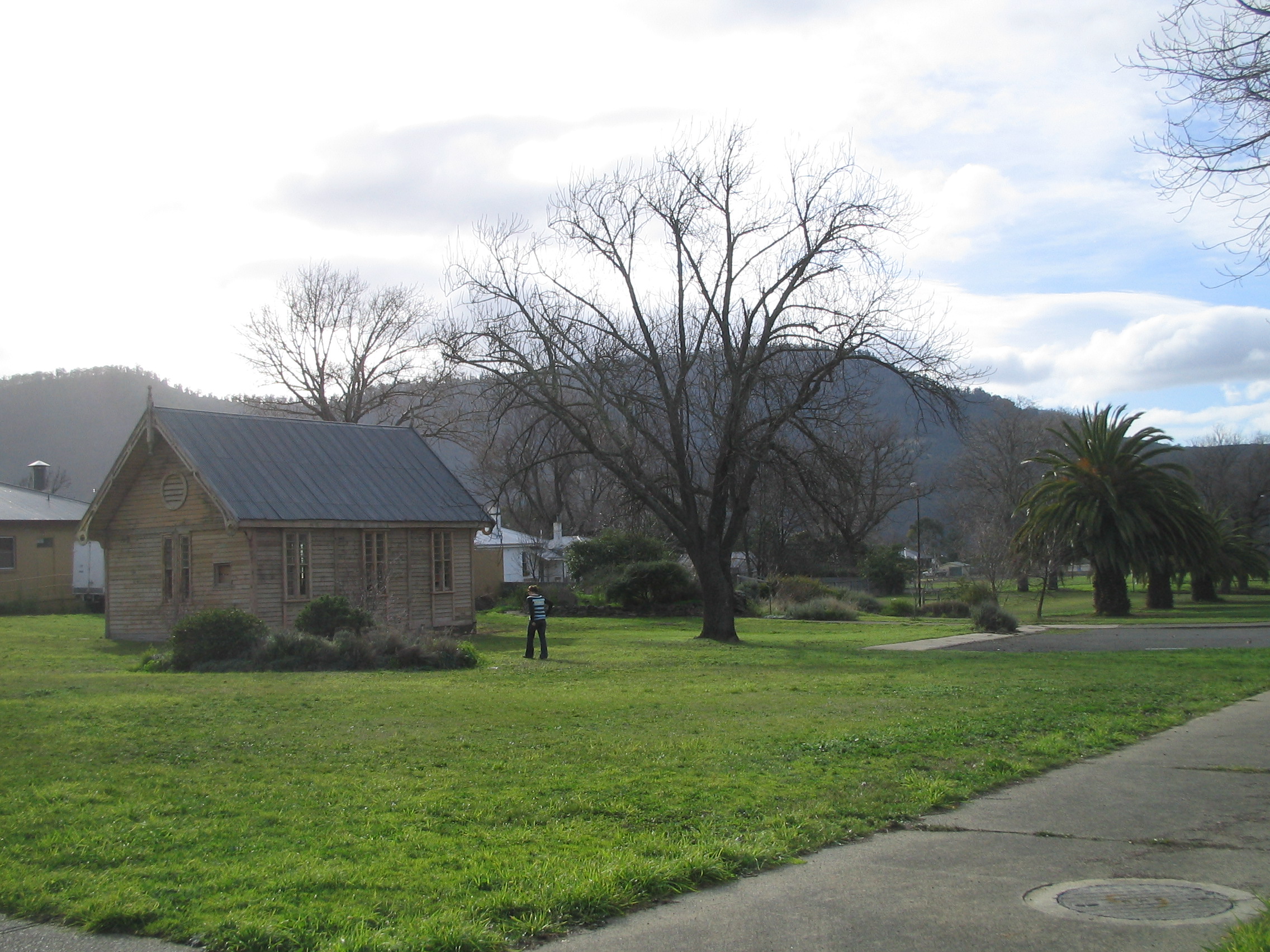Last week I had the opportunity to meet with both Dr Norrie and Dr Osvald about the engagement project that they have been investigating at Willow Court. They explained the project and stated that this will be approximately the 15-16th report into Willow Court. We were able to explain some of the history and the complex and mixed history of the site and plan on returning to have more input.
The reports range from the Architectural values through to the large McDonald Report (found in the documents tab on this site) created to plan for the future use of the site. This project was put forward by The New Norfolk Business Alliance which is a Special sub committee of the Derwent Valley Council. The study will look at future community engagement opportunities for the site and is seeking interested groups and individuals to have an input into the process.
As I reported in an earlier report, the Derwent Valley Council are currently also looking at an expression of interest process for the site, which they have been announcing for nearly two years. The Council are looking at interested parties to restore, occupy and use the site.
Interested parties are yet to see the conditions and details that are set out but the Council have been looking at the advertising costs and options up to $76, 960 (+GST) which they admit is unfunded from the ratepayers at this stage. The proposal from the DVC agenda is below.
University of Tasmania Community Engagement Project
The New Norfolk Business Alliance has been exploring how a community arts project could be used to promote visitation to New Norfolk. As a result of discussions Dr Helen Norrie (Lecturer at the School of Architecture and Design) and Dr Tamas Osvald (Research Assistant at the College of the Arts) from the University of Tasmania have shown an interest in the collation of information and undertaking a short community mapping exercise which will inform future community engagement opportunities.
Dr Norrie and Dr Osvald have been successful in receiving approximately $5,500 through an internal University of Tasmania grant (Creative Culture and Society Research) to further explore the potential for collaborative and interdisciplinary projects with Willow Court as the basis of the discussion. The project is a short term program which will be completed by December 2017 and will collate information, map the community and identify potential future collaborations and opportunities for future projects. Dr Norrie and Dr Osvald intend to provide the results of their project to the Council for further discussion once completed. This project does not involve any financial commitment from the Council and the outcomes may assist in future funding applications. A brief outline of the project is attached.
